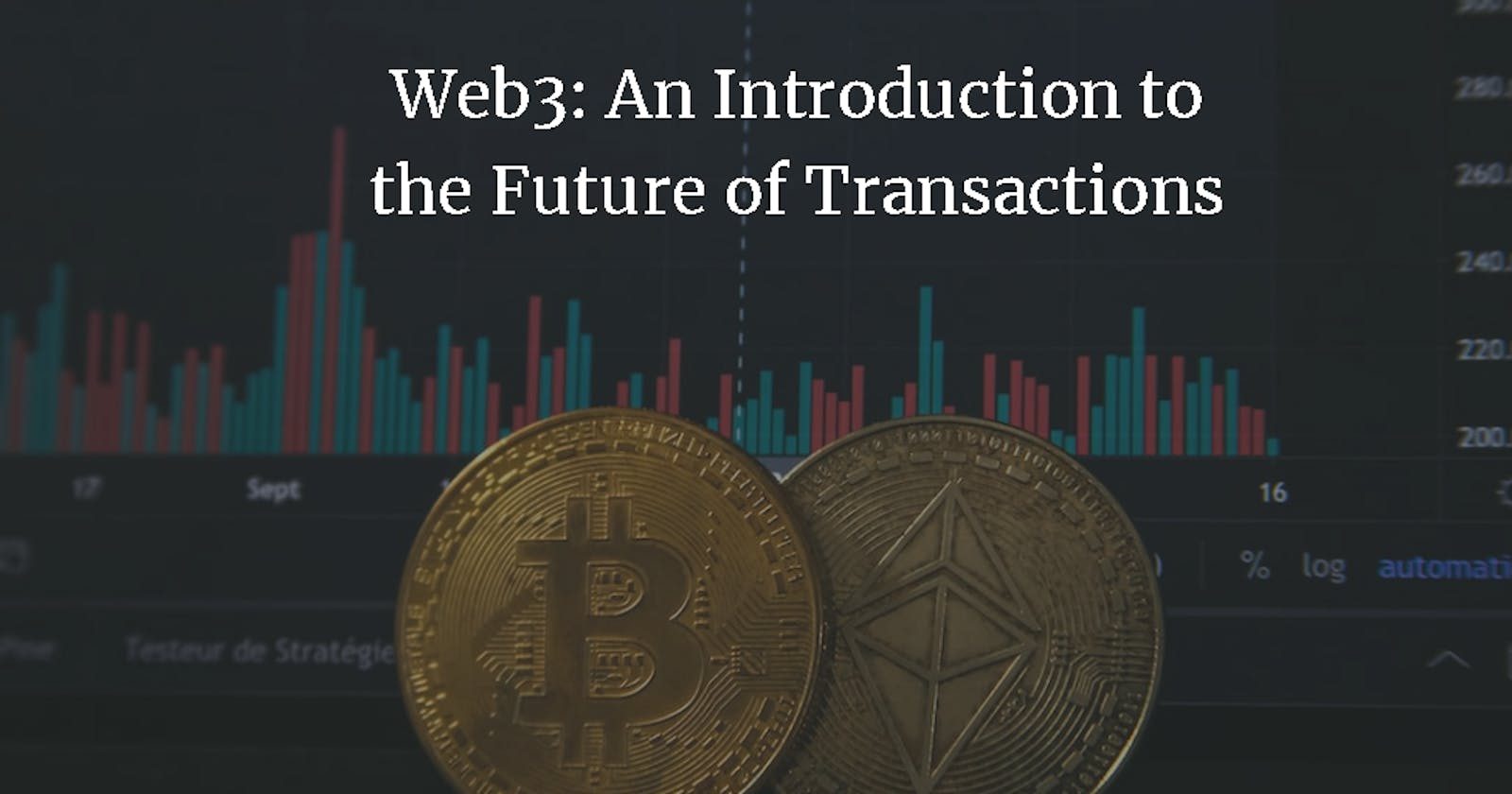Some folks say that Web3 is just a big ol' scam, but listen up! There will always be those wild and crazy founders and daring investors who will throw their money into these Web3 startups like it's nobody's business. So, if you're interested in this line of work, don't be afraid to jump in. After all, it's not a scam if you're having fun!
Web 1
Web 1 is like the old-school days of the internet, way back when Ross, Joey, Chandler, Rachel, Monica, and Phoebe were still hanging out at Central Perk. Back then, websites were pretty boring - just a bunch of info that you could only read, not touch. It was like a one-way street where information flowed from the website to you, but you couldn't flow anything back. Websites were like paper encyclopedias from the library but on your computer screen. It was the starting point for the internet and set the stage for the much more exciting and interactive web experiences we have today. So, you could say that Web 1 was the foundation for the Friends of the internet.
Web2
Web 2 is like the cool kid at the internet party. While Web 1 was just there to share information, Web 2 is all about having fun and getting involved. It's like going from watching Friends to actually hanging out with Ross, Joey, Chandler, Rachel, Monica, and Phoebe. With the rise of blogs, social networks, wikis, and other ways for users to create and share content, Web 2 has turned the internet into one big interactive hangout session. You can now share your own ideas, connect with others, and join online communities - making the internet experience a lot more fun and exciting. So, you could say that Web 2 is the hip, happening, and social butterfly of the internet world
What is web3?
Web 3 is a term you might have heard a lot lately, and some people say it's going to change the world. But what exactly is Web 3? Simply put, it's a new way of doing transactions and making contracts that are decentralized.
Think about when Ross wants to send money to Joey and they both have accounts at the same bank. Ross sends a request through the bank's website, and the bank transfers the money from Ross' account to Joey's. It's a pretty straightforward process, but the problem is that the bank has control over the data and can manipulate it. All the transaction details are stored in databases that only the bank has access to, so we have to trust the bank to keep our information safe.
Web 3 changes all that by giving us control over our data. If Ross makes a transaction, the code can't be changed once it's deployed. This helps ensure the security of our transactions and information. So, with Web 3, we don't have to rely on a middleman to keep our information safe; we're in charge of it ourselves.
In addition, Web 3 uses smart contracts, which are self-executing agreements with the terms of the agreement written into the code. This allows for automated transactions without the need for intermediaries. For example, when a certain condition is met, like reaching a certain date or receiving a payment, the smart contract will automatically execute the agreed-upon action.
By using decentralized technology, Web 3 allows for a more secure and transparent way of managing transactions and contracts. It eliminates the need for intermediaries, giving users control over their own data and transactions.
